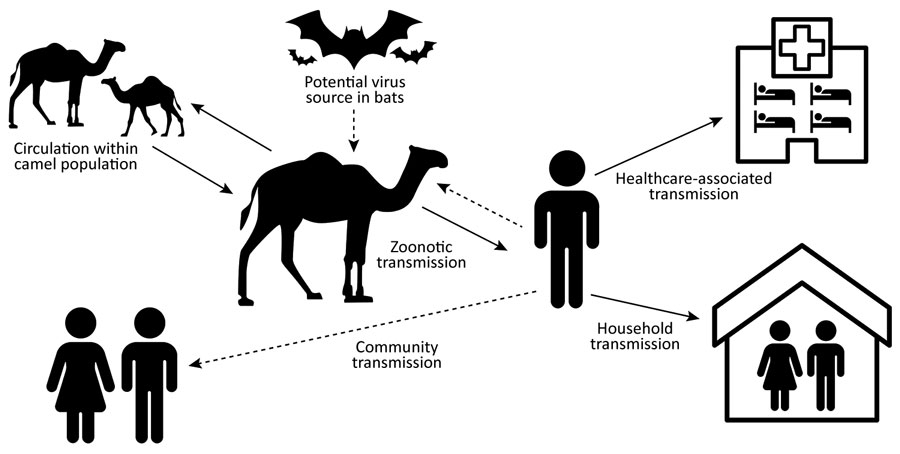Southeast Asian Solar Imports Face Steep US Tariffs: A 3,521% Duty Impact

Table of Contents
The 3,521% Tariff: A Deep Dive into its Implications
The 3,521% tariff, imposed by the US Department of Commerce, is the result of an investigation alleging that several Southeast Asian solar manufacturers circumvented existing anti-dumping and countervailing duties. The investigation concluded that these companies were evading tariffs through various methods, including transshipping goods through intermediary countries. This complex calculation considers alleged under-valuation, circumvention, and other factors. The final duty imposed is a staggering increase over previous tariffs.
- Specific countries affected: Vietnam, Cambodia, Malaysia, and others are significantly impacted. The investigation focused on solar panel and cell manufacturing from these regions, many of which are part of integrated global supply chains.
- Types of solar products impacted: The tariff primarily affects crystalline silicon photovoltaic (CSPV) solar panels and cells, the most common type used in residential and commercial solar installations. Inverters and other related components may also be indirectly affected.
- Timeline: The tariff’s implementation has already begun, causing immediate disruptions. Potential future changes depend on ongoing legal challenges, negotiations between governments, and the outcome of any further investigations.
Impact on Southeast Asian Solar Manufacturers and Economies
The immediate consequences for Southeast Asian solar companies are severe. Many face a dramatic reduction in US exports, potentially leading to significant financial losses and factory closures. This sudden tariff increase renders their products uncompetitive in the US market, severely impacting their bottom line and long-term viability.
- Potential factory closures and job losses: Thousands of jobs in solar manufacturing and related industries are at risk, particularly in countries heavily reliant on US exports.
- Impact on foreign investment: The tariff creates uncertainty, discouraging future foreign investment in the Southeast Asian solar sector. This could stifle the region's potential for sustainable energy growth.
- Shift in global solar supply chains: Manufacturers may seek alternative export markets, reshaping global supply chains and potentially impacting solar energy projects worldwide.
Ripple Effects on the US Solar Market
The US solar market is also facing substantial repercussions. The significant increase in the cost of solar panels will likely increase prices for American consumers and businesses. This could hinder the growth of the US solar industry and its ability to meet climate goals.
- Increased solar panel prices: Higher prices may make solar energy less accessible and affordable, slowing down the transition to clean energy.
- Potential delays in solar energy projects: Increased costs and uncertainty can lead to delays or cancellations of planned solar projects, impacting the expansion of renewable energy infrastructure.
- Impact on US clean energy goals: The tariff undermines the US government's commitment to achieving its clean energy targets and reducing carbon emissions.
Potential Solutions and Mitigation Strategies
Addressing this situation requires a multifaceted approach involving governments, businesses, and international organizations. Finding a solution is crucial for both the economic stability of Southeast Asia and the achievement of clean energy goals in the US.
- Negotiations between the US and Southeast Asian governments: Diplomatic efforts to address the concerns raised in the investigation and find a mutually acceptable solution are essential.
- Diversification of solar panel supply chains: The US and other countries should explore alternative sources of solar panels to reduce dependence on a limited number of suppliers.
- Investment in domestic US solar manufacturing: Boosting domestic production through incentives and investments could lessen reliance on imports and create jobs in the US.
- Exploring alternative energy sources: While solar energy remains crucial, diversification of renewable energy sources can help mitigate the impact of disruptions in the solar panel supply chain.
Conclusion
The 3,521% tariff on Southeast Asian solar imports presents a serious challenge for both the Southeast Asian solar industry and the US solar market. The economic consequences are far-reaching, potentially leading to job losses, reduced investment, and delays in clean energy projects. Understanding the complexities of Southeast Asian solar imports and the impact of these tariffs is crucial. We need immediate action, including diplomatic negotiations, diversification of supply chains, and investment in domestic manufacturing to navigate this crisis effectively. Stay informed about the evolving situation and advocate for policies that support sustainable solar energy growth and fair trade practices concerning US solar import tariffs and the future of the Southeast Asian solar industry.

Featured Posts
-
 Emerging Evidence A Single Respiratory Virus Implicated In Kawasaki Disease
May 30, 2025
Emerging Evidence A Single Respiratory Virus Implicated In Kawasaki Disease
May 30, 2025 -
 Gazze Den Kanser Hastasi Cocuklar Icin Uerduen Uen Destegi Tedavi Ve Bakim
May 30, 2025
Gazze Den Kanser Hastasi Cocuklar Icin Uerduen Uen Destegi Tedavi Ve Bakim
May 30, 2025 -
 Understanding The Success Of Jacob Alons Fairy In A Bottle
May 30, 2025
Understanding The Success Of Jacob Alons Fairy In A Bottle
May 30, 2025 -
 Self Titled Album Kae Tempest Announces Extensive Tour
May 30, 2025
Self Titled Album Kae Tempest Announces Extensive Tour
May 30, 2025 -
 Understanding Adult Autism Diagnosis And Positive Life Changes
May 30, 2025
Understanding Adult Autism Diagnosis And Positive Life Changes
May 30, 2025
